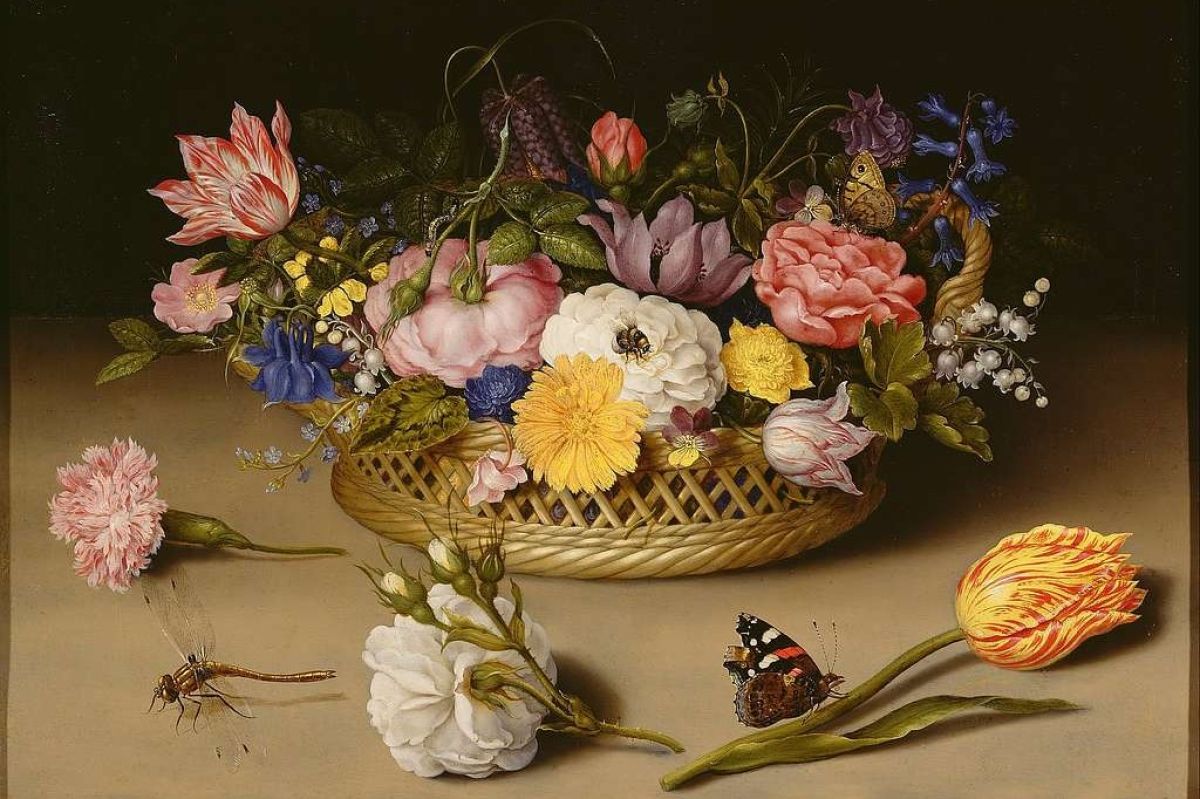I have been reading a book on flower arranging by Sheila Macqueen published in 1972 in England.
She explains that flower arranging was popular during the 18th century, though little is actually known about it. She also explains why some of the old Dutch and Flemish flower paintings contain flowers that do not bloom at the same time. The explanation is that the artists took so long to finish the paintings that they had to replace flowers that died during the process with fresh ones that were in season. Quite often the painting period spanned several seasons of bloom before a picture was completed.
In the preface to her book Macqueen says, "I started gardening so that I could have cut flowers and then suddenly, as I became a gardener, I could hardly bear to cut what I had grown." This is a sentiment many of us share.
She reminds us that all cut flowers revive well in warm water. Limp flowers need their stems recut before being placed in it. If you use boiling water, put only an inch in a pitcher and place the stems at an angle so that the steam does not reach the flowers. Count to 60, then fill the pitcher with cold water and let the flowers stay there for several hours. This works for hellebores, lilacs, roses, dahlias, and blooms from flowering shrubs.
When hydrangeas first come into bloom they often wilt. To avoid this, cut the stem with some hard wood at the base and then dip each stem first in boiling water and then submerge each flower head in cold water for a few hours and then let them drip dry.
This is Moya Andrews, and today we focused on Sheila Macqueen.










